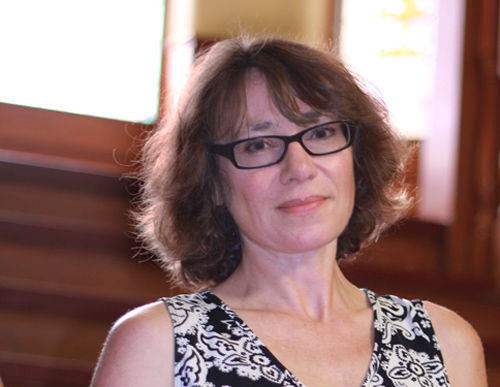Story by Samantha Beattie, a U of G student writer with SPARK (Students Promoting Awareness of Research Knowledge)

Some children with severe emotional and behavioural disorders are best treated in settings away from their homes, according to new research by Prof. Michèle Preyde, Family Relations and Applied Nutrition.
The away-from-home treatment option is called residential treatment and provides a structured environment where children live and receive therapy.
Preyde came to this conclusion after conducting a study that looked at the progress of children engaged in residential treatment for up to nine months. She also studied the progress of children in an alternative treatment option, intensive home-based treatment, which involves children living and receiving treatment at home.
Residential treatment is often criticized because it’s more expensive than intensive-home based treatment, says Preyde. As well, it gathers together youth with many complex problems, so it may not engage families in the therapy to the same extent as other treatment options.
But that doesn’t mean it’s wrong.
“Residential treatment and intensive home-based treatment are really serving two different populations,” says Preyde, “and these two groups may not be comparable because they have significant pre-treatment differences in psychosocial functioning and caregiver characteristics.”
In fact, she found that more than half of the children engaged in residential treatment didn’t live with their biological parents and were permanently in the child welfare system. Conversely, only one child engaged in intensive home-based treatment was temporarily in a foster home.
Also, children in residential treatment experience many additional challenges that impact their health and mental health symptoms. Preyde says that an unstable family life and sometimes a history of poverty, abuse or neglect are factors many studies don’t take into consideration when evaluating residential treatment’s end results.
In her study, the initial pre-treatment symptoms were observed as well as the post-treatment symptoms. She found that children in both types of treatment experienced significant long-term improvement in their psychosocial functioning and reduction in their initial symptoms, such as impulsivity and depression.
“The difference is that intensive home-based treatment involves families, and research suggests that family involvement yields better results for children and youth, which makes sense,” says Preyde. “But not all of those children and youth have families who can engage in therapy.” Sometimes, families with complex situations may need time to learn a new approach to manage a child with serious emotional or behavioural problems.
Not all children need the intensive supports of residential treatment, but for many children with severe mental health disorders, it is the best option, concludes Preyde. Children in intensive home-based treatment have the family support necessary to live at home and greater family involvement in treatment, while children in residential treatment don’t. In Preyde’s study, both groups showed good progress.
This research was conducted in collaboration with Wilfrid Laurier University social work professor Gary Cameron, as well as caregivers Sara White from kidsLINK, Randy Penney from Lutherwood, Kelly Lazure from Lynwood Hall, Jeff Carter from Vanier Children’s Services and Graham Ashbourne from Craigswood Youth Services.
Funding was provided by the Social Sciences and Humanities Research Council.